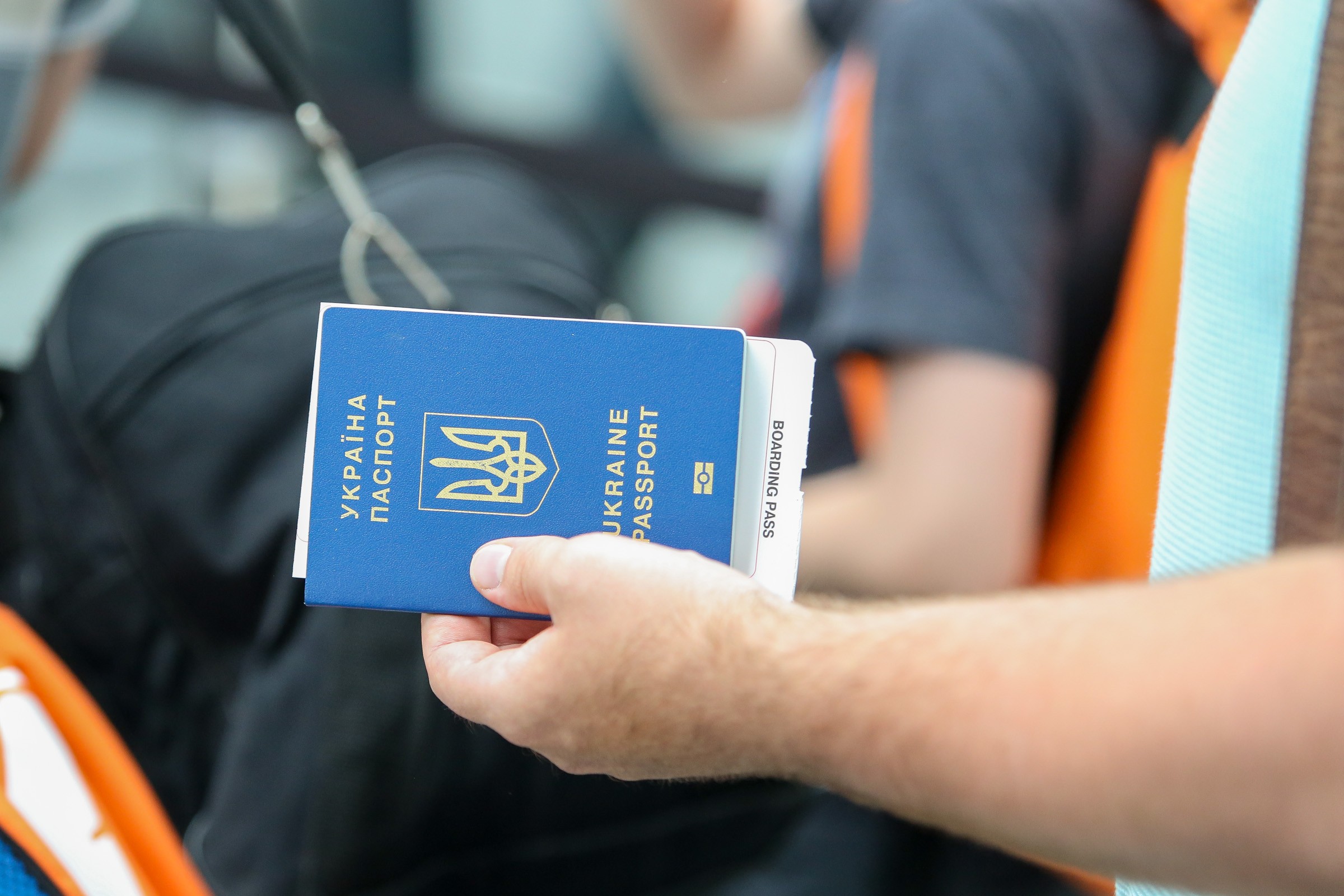In the one month since Ukraine’s visa-free regime with the European Union came into force, demand for travel to the bloc has increased only slightly, with experts saying they have yet to see anything resembling a “boom.”
It’s estimated that the number of Ukrainians wanting to go to the borderless Schengen Zone has jumped by five to 10 percent at most since visa-free travel was introduced on June 11. In total, according to figures from Ukraine and the EU, some 120,000 Ukrainians have taken advantage of the visa-free regime so far.
According to Eduard Khachaturyan, the director of travel agency Aventour, only later in the year will it become clear how much of an impact the visa-free regime is having.
“I can’t say that there has been a boom and that everyone suddenly wants to go to Europe, but there is a positive dynamic,” he told journalists on July 20.
“But only in the winter holiday season, when ski resort packages start to appear, will we be able to get a clear understanding of the extent to which Ukrainians value travel to Europe, and what they can afford.”
To date some 51 Ukrainians trying to enter the EU without a visa have been refused entry, according to Ukraine’s Border Guard Service. The main reasons for the rejections are their having previously overstayed a visa or failing to provide adequate supporting documents for a trip.
There is no definitive list of what Ukrainians need to show at the EU border, but apart from a biometric passport they can be asked for details of their accommodation, return journey and financial means.
Open Europe, an initiative launched by the EU to provide information to Ukrainians wishing to travel visa-free, says around one-third of enquiries it receives concern which supporting documents travelers should take with them.

A biometric passport is the one essential document Ukrainians must have to enter the European Union without a visa. They can also be asked for details of their accommodation, return journey and financial means. (Kostyantyn Chernichkin)
Jurgis Vilcinskas, a spokesman for the EU delegation to Ukraine, described the visa-free regime as an “achievement” but said work must continue to inform all Ukrainians about how it works.
“120,00 Ukrainians have already seen how easy it is to cross the border into Europe,” he said. “But that doesn’t mean we should stop here. We should continue to talk about the rules and conditions. Every Ukrainian with a biometric passport should know about them.”
Among the myths the EU and non-governmental organizations are seeking to dispel is that the visa-free regime means Ukrainians can work in the Schengen zone. Although Poland and Hungary have introduced initiatives which make it easier for Ukrainians with biometric passports to get permits for seasonal work in those countries, no such scheme exists for all 34 nations to which visa-free travel is now available.
The move last month to grant Ukrainians visa-free travel to the EU came after a long, drawn-out process littered with delays and bureaucratic hurdles. At the same time as taking the decision to waive visas, the 28-nation bloc took steps to make it easier to re-introduce them if Ukrainian travelers do not observe the rules of the liberalized regime.
According to research carried out by Open Europe, only about 10 percent of Ukraine’s population of 46 million people have travelled to the EU. Of that number, the biggest proportion is located in the western cities of Chernivtsi and Uzhhorod, while the least-travelled Ukrainians are in the eastern cities of Sumy and Severodonetsk.
